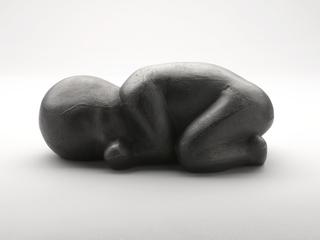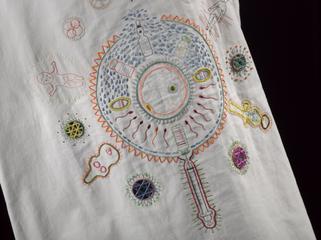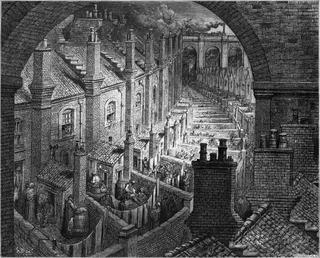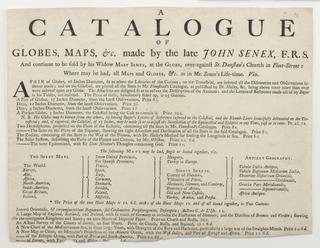
Launch of the 'Fuji' at Blackwall
- artist:
- Gerald Maurice Burn

Painting. [Launch of the "Fuji" at Blackwall] by Gerald Burn, 1896. Oil on canvas, 168 x 305 cm in gilt frame, 191 x 318 x 8 cm. The launching ceremony of the Japanese battleship H.I.J.M.S. 'Fuji', built by the Thames Ironworks, Shipbuilding and Engineering Company Limited, was held at Blackwall, London, on 31 March 1896. signed blc GERALD M BURN
Painting. [Launch of the 'Fuji' at Blackwall] by Gerald Burn, 1896. Oil on canvas, 168 x 305 cm in gilt frame, 191 x 318 x 8 cm. The launching ceremony of the Japanese battleship H.I.J.M.S. 'Fuji', built by the Thames Ironworks, Shipbuilding and Engineering Company Limited, was held at Blackwall, London, on 31 March 1896. signed bottom left corner GERALD M BURN.
The battleship ‘Fuji’ was launched at the Blackwall yard of the Thames Ironworks and Shipbuilding Co. on the afternoon of 31 March 1896. In the 1880s and 1890s this yard was a major site for the construction of steel ships, including many for the British Navy, replacing ships made of iron.
This view includes part of Bow Creek on the river Lea, adjacent to the Thames. The ceremony of christening was performed by Madame Kato (the wife of the Japanese Minister) naming the ship ‘Fuji’ (‘the Unequalled’). A red and white paper balloon hung from a spar on the bow then split open to release a flock of pigeons and a thousands of pieces of paper.
‘Fuji’ was designed by the naval architect Clement Mackrow. It was built for the Japanese Navy from the designs based upon contemporary British first-class battleships but with important specially required modifications. There were hooded barbettes plated with 14-inch armour, while the cut-away deadwood arrangement of the stern enabled a more rapid turning movement. The battleship was 374 feet in length (400 at the waterline) and 73 feet wide, and weighed 12,450 tons; she attained a speed of 18.5 knots.
The artist Gerald Burn (1859-1945) specialized in oil and watercolour marine and architectural subjects. Burn studied art at South Kensington and in Europe, and exhibited at many galleries in London from 1881, including Suffolk Street (Royal Society of British Artists) and the Royal Academy.
Details
- Category:
- Art
- Object Number:
- 1913-372
- Materials:
- oil paint on canvas
- Measurements:
-
frame: 1910 mm x 3180 mm x 80 mm,
image: 1680 mm x 3050 mm
- type:
- oil painting
- credit:
- Purchased from Thames Ironworks, Shipbuilding and Engineering Company Limited




